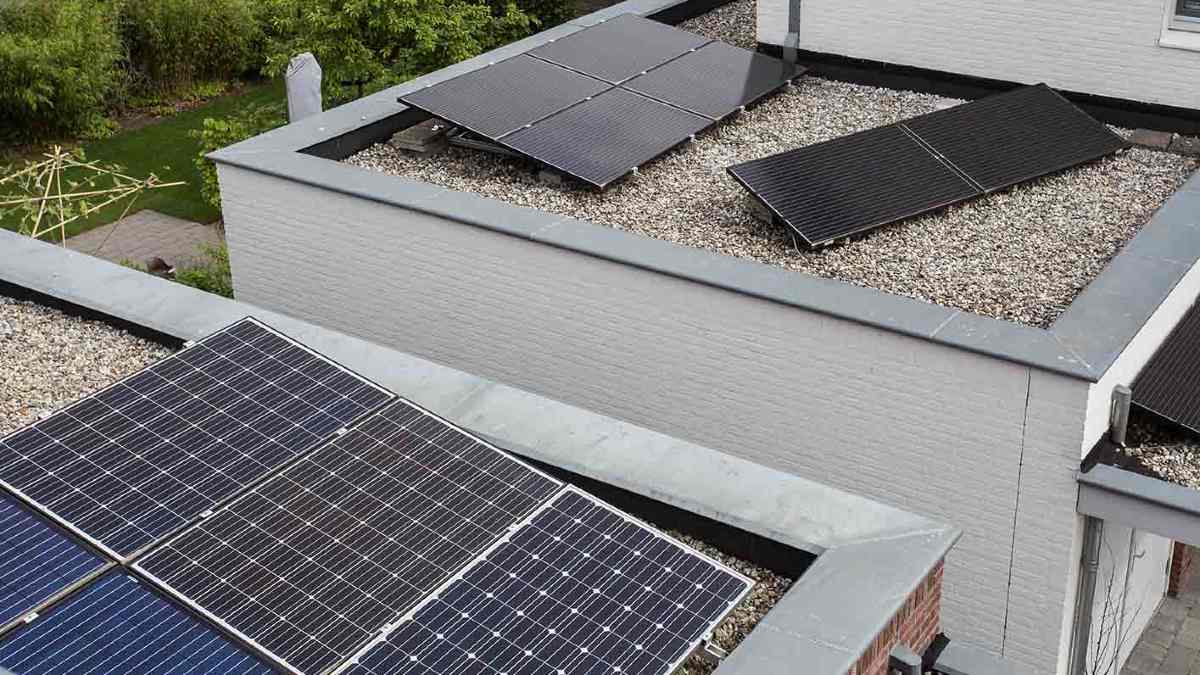The end of premium and minimum solar feed-in tariffs represents a shift in the financial landscape for solar energy users, but it also presents an opportunity to reassess and optimise your solar energy system.
Do solar batteries work in a blackout?

Here is a guide to how a solar battery can help provide stored energy to your home in the event of a blackout.
The reasons for power outages range from severe weather and trees falling on power lines to unexpected technical faults and maintenance work, according to Energy Safe Victoria. Whether a solar battery can supply backup power for appliances and lighting during a blackout depends on the type of solar power system and how it's designed.
Not all solar panel systems have backup functionality for outages, so it's important to talk to your solar installer about your options. Here is a guide to solar battery blackout protection and what you need to know about backup power.
Solar battery blackout protection
Why doesn't power from solar panels work during blackouts?
Australian standards require any solar systems connected to the power grid to shut down in a blackout. This prevents power from flowing back into the grid, which could endanger electrical workers fixing the problem.
RACV Solar spokesperson Himanshu Ahuja says many newer solar batteries have a blackout option that allows them to operate in the event of a blackout. "But a solar battery without a back-up option may not work when mains power fails," he warns.
How can solar batteries provide power during blackouts?
The back-up function, which is standard in many newer solar battery systems, 'islands' your solar system from the grid. This allows the solar battery to provide power even in a blackout or power outage.
Power to the home will be cut for around 30 seconds while the system recognises the blackout and switches to blackout mode.
"You'll be able to keep the lights on and run the refrigerator using the solar battery's power," Ahuja says. "However, no battery has a limitless capacity, so using an air conditioner or electric oven could drain the battery in just a few hours. Prioritise what you need to keep powered."

Solar batteries are charged from rooftop solar panels.
How long can solar batteries provide power?
There are two main types of solar battery back-up systems.
A whole-of-home back-up system will allow everything in the house to be powered by the battery in a blackout. Your battery will drain quickly, however, especially if you continue to use power guzzlers such as air conditioners.
Alternatively, an electrician can set up your solar battery for essential load back-up. This will isolate certain circuits to power just the essentials, such as lighting and fridges, to help the battery charge last longer.
"Keep in mind that solar batteries are not an uninterruptible power supply, and are not suitable for people who depend on essential medical equipment," Ahuja says.
More: What to consider when upgrading your solar power system
Are solar batteries with back-up functions expensive?
There are financial incentives, such as interest-free loans, available for eligible Victorian households who want to get a solar battery installed.
Look for an eligible solar provider, ask whether you can access a green loan for the purchase, and look into solar power rebates.


